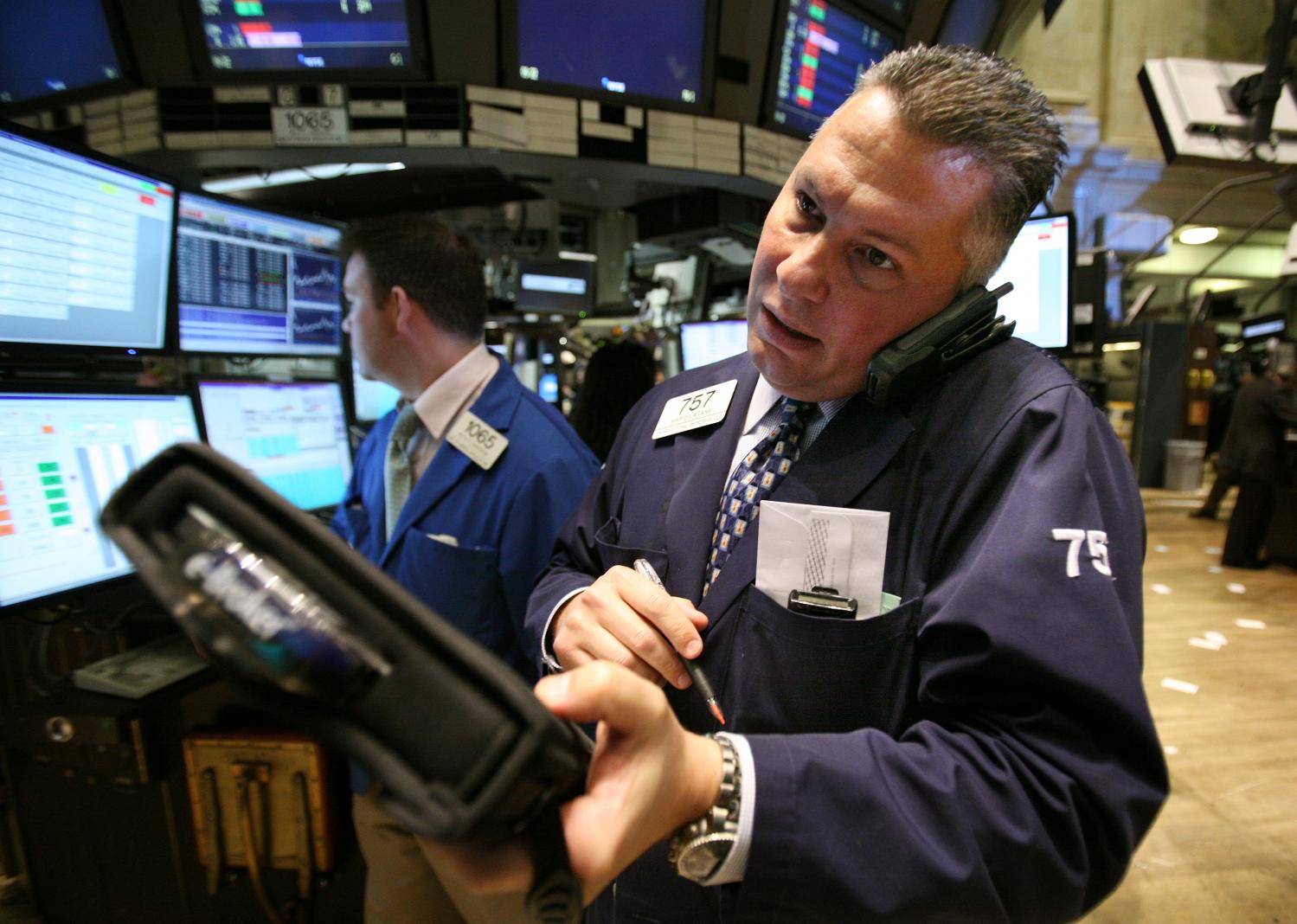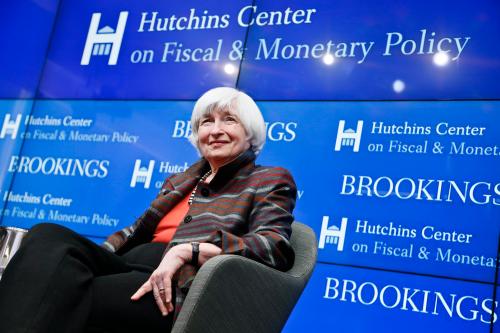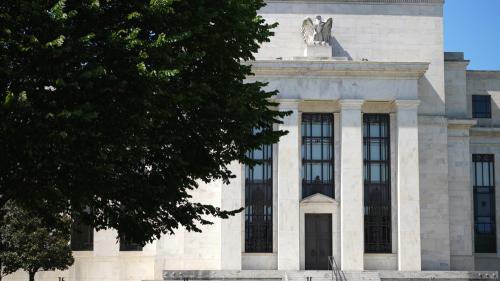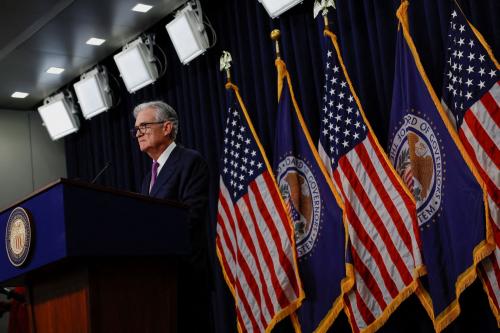A version of this op-ed was originally published by MarketWatch on March 15, 2023.
The failure of Silicon Valley Bank (SVB) is a failure of supervision as well as regulation. The two terms are used interchangeably but are different concepts: Regulation is about creating rules, supervision enforcing them. Initial reactions to SVB’s failure focused on debating whether the Trump era deregulation caused the failure, ignoring the fundamental question of whether the rules that existed were being properly enforced. The answer is that they weren’t and that the Federal Reserve failed as a bank supervisor.
The Fed supervised SVB from head to toe, with the San Francisco Federal Reserve Bank in charge of both the bank and its larger parent holding company. SVB was the largest bank the SF Fed supervised. SVB’s CEO even sat on the SF Fed’s Board of Directors up until the day the bank failed. I count at least four classic red flags of the bank’s conduct that should have sent the alarm bells ringing, which the Fed appears to have slept through.
- Explosive asset growth. SVB nearly quadrupled in assets in four years.
- Hyper reliance on uninsured deposits. Almost all (97%) of the deposits at the bank were from customers with more than the FDIC’s limit ($250,000), often tech firms. Uninsured depositors are more likely to run, making the bank inherently less stable.
- Huge interest rate risk. During the 2019-2021 period of explosive growth, SVB bought over $100 billion of mortgage backed securities issued at low interest rates. They failed to buy hedges to protect their value if interest rates rose.
- Dash for cash to the Federal Home Loan Bank. As SVB needed cash they used the arcane Federal Home Loan Bank system to borrow heavily becoming the SF FHLB’s top borrower with $20 billion. The FHLB is called the lender of next to last resort, and when a bank fails the FHLB is the only entity that gets paid out ahead of the FDIC. Thus, the more indebt a bank is to the FHLB, the greater the losses born by the taxpayer if the bank fails.
Each of these red flags should have triggered greater scrutiny from the Federal Reserve. Combined, they become a red laser beam screaming for greater scrutiny. After all, SVB is not a Main Street bank and never was. Regional banks of its size ($200B) have around 1,000 branches: SVB had 16. This does not even include more potential red flags about the relationship between SVB’s venture capital arm and the bank’s customer base, a potential red flag the Fed’s regulation of the bank holding company should have analyzed.
The Fed has already launched an inquiry into its own failure, but that is likely to be insufficient. Past Fed self investigations of failures of its regional banks failed to discover leaked information by the Richmond Bank president (the FBI found it and he resigned in disgrace) and failed to publicly disclose dates of unethical trading by both the Dallas and Boston Bank presidents.
The Fed is ultimately accountable to Congress. Congress needs to investigate what happened with its own investigation. Simply asking the Fed Regional Banks to fix themselves will likely be insufficient. A law requiring the Fed to integrate their boards passed in the 1970s was widely ignored; the Kansas City Federal Reserve Bank did not integrate its all white Board until 1992.
Improving Fed governance is important but insufficient. Bank regulators guard their supervisory reports from the public, so we never know what conditions the banks are in or whether the regulators are doing a good job. Bank regulators should make these reports known as CAMELS public so that we can all judge both how the banks are doing and how well the agencies are supervising them. Learning what grade the SF Fed gave SVB would go a long way to understanding how badly they mis-supervised the bank.
Congress writes financial regulation with two possible outcomes: setting specific rules in law or empowering regulators to figure out the details. In both cases Congress relies on regulators to enforce the rules. Congress cannot legislate judgement or competence. Our current financial regulatory system places substantial confidence in the judgement and competence of bank regulators, particularly the most powerful: the Federal Reserve. In the case of Silicon Valley Bank that was misplaced.
The Fed has continually been tasked with more responsibility as monetary policy setter, bank regulator, lender of last resort, payment system operator and regulator, producer of economic research and statistics, and more. Perhaps it is time to fundamentally re-think the role of the central bank. An oft forgotten fact is that Senator Dodd’s original proposal, in the law that became Dodd-Frank, envisioned moving regulation of banks like SVB out of the Fed. That idea was voted down 91-9 and the law ultimately expanded the Fed’s authority and power over the nation’s banking system. In the case of Silicon Valley Bank, that has been a failure.
The Brookings Institution is financed through the support of a diverse array of foundations, corporations, governments, individuals, as well as an endowment. A list of donors can be found in our annual reports published online here. The findings, interpretations, and conclusions in this report are solely those of its author(s) and are not influenced by any donation.
The Brookings Institution is committed to quality, independence, and impact.
We are supported by a diverse array of funders. In line with our values and policies, each Brookings publication represents the sole views of its author(s).





Commentary
Op-edSVB’s collapse exposes the Fed’s massive failure to see the bank’s warning signs
March 16, 2023